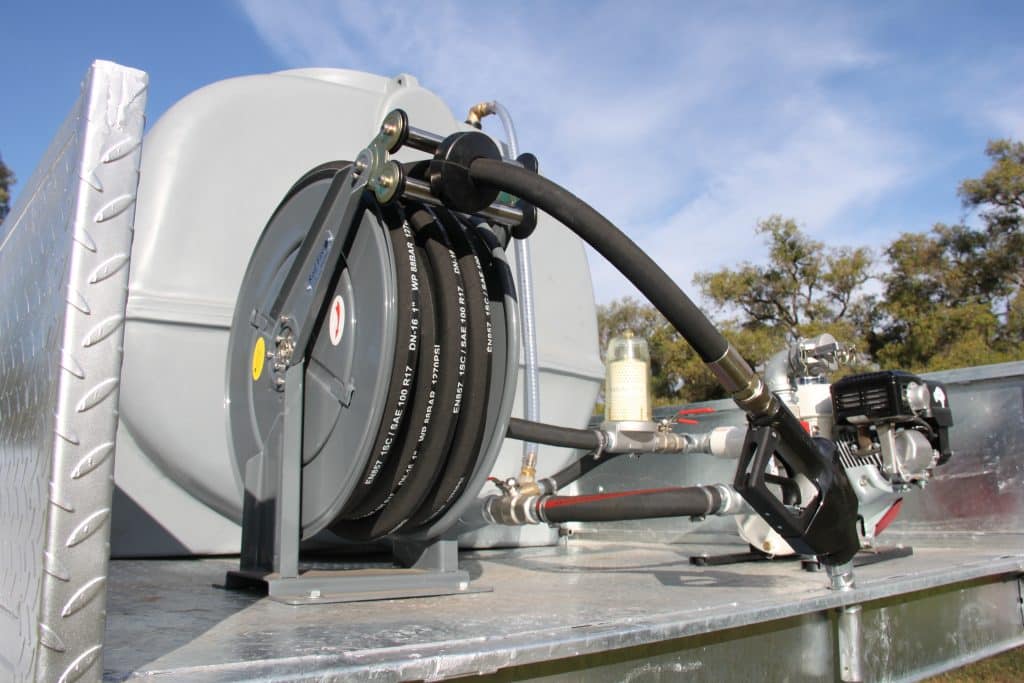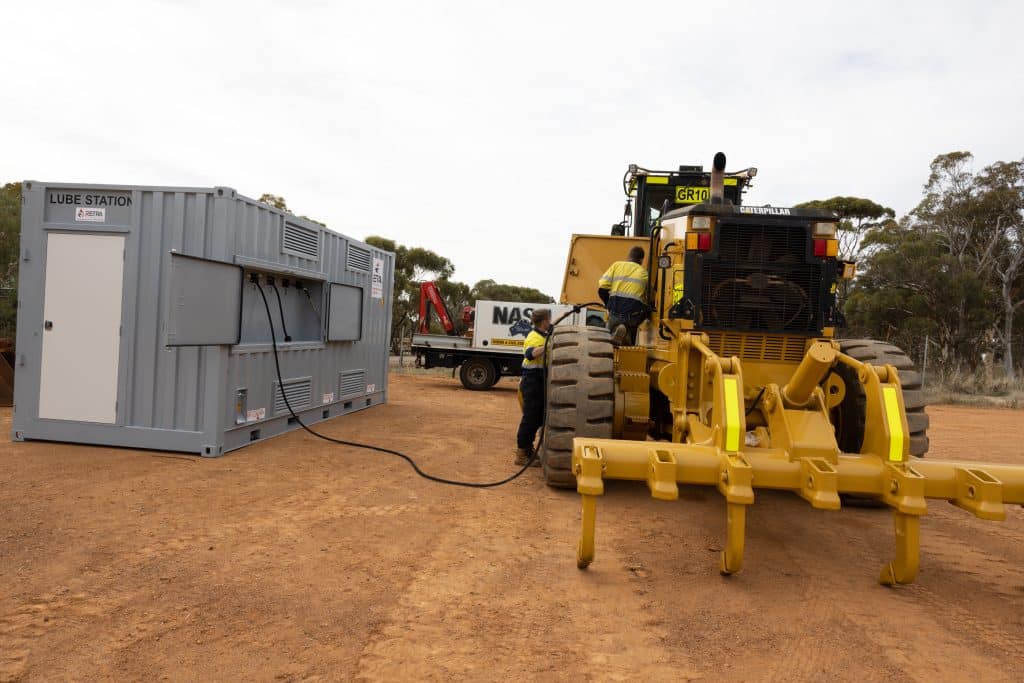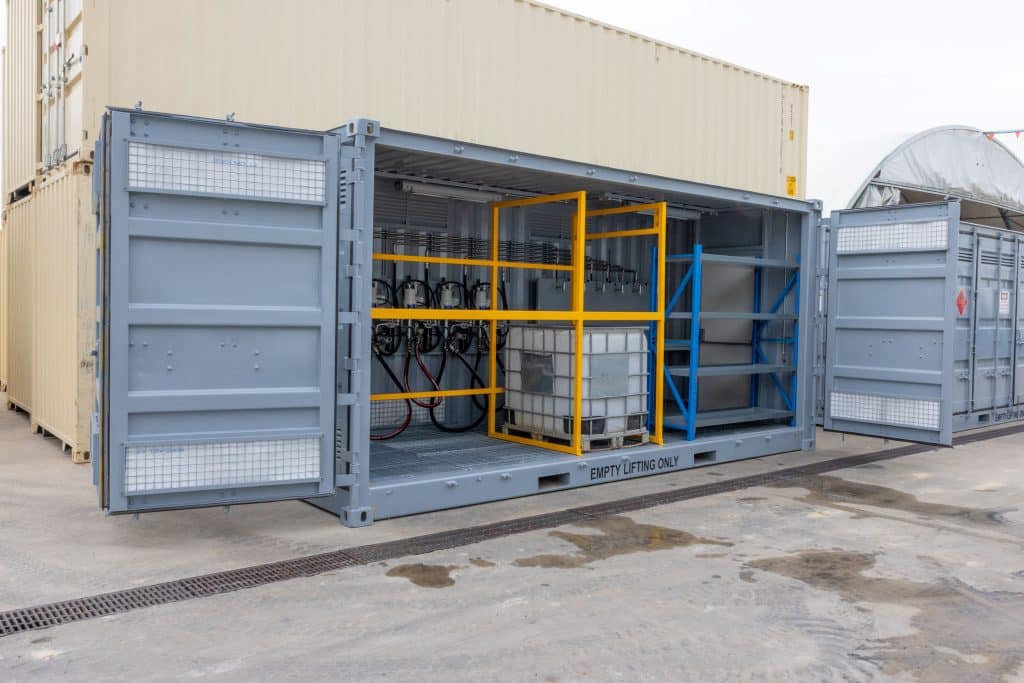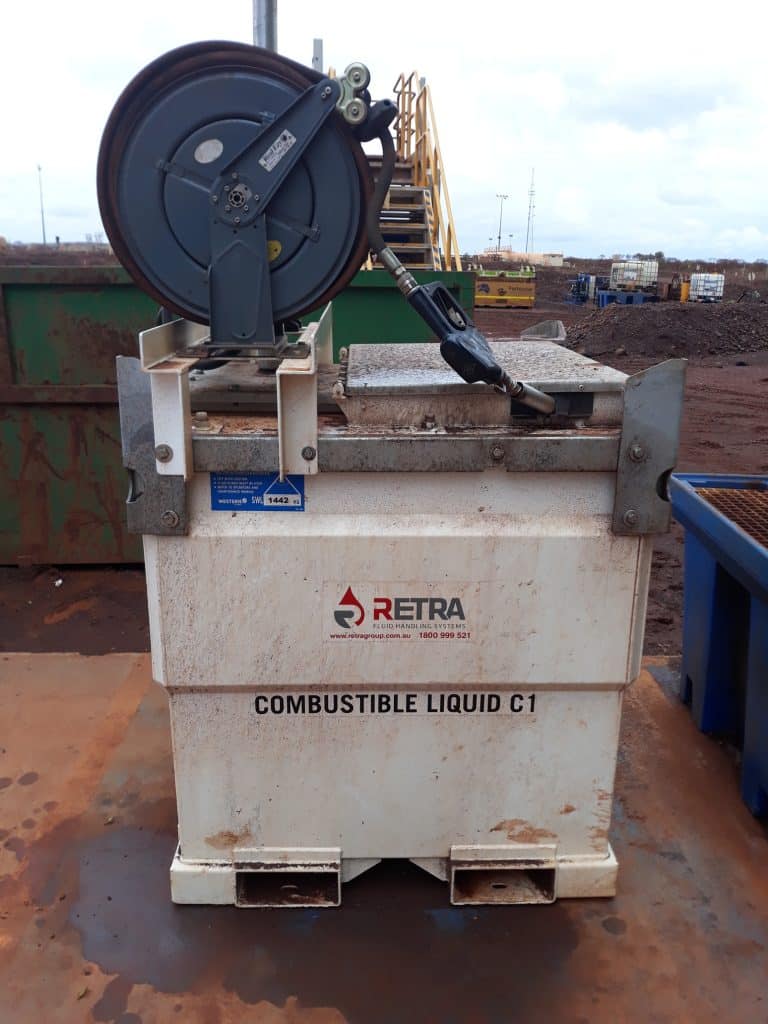For more than 40 years, the fire and emergency services have used Real Ezy reels. While their popularity amongst fire,…
Hose reels are essential equipment for storing and rewinding hoses. In industrial and firefighting environments, you’ll find heavy-duty hose reels installed in workplaces and fixed on vehicles. Here hose reels work to make fluid handling operations smoother, safer, and more reliable. And the essential function of these hose reels is their retraction methods.
To get the maximum performance out of a hose reel, you must select the correct retraction method for the application. The size and length of the hose and whether or not power is readily available are fundamental considerations.
In this post, we will be looking at the three main retraction methods and how they work.
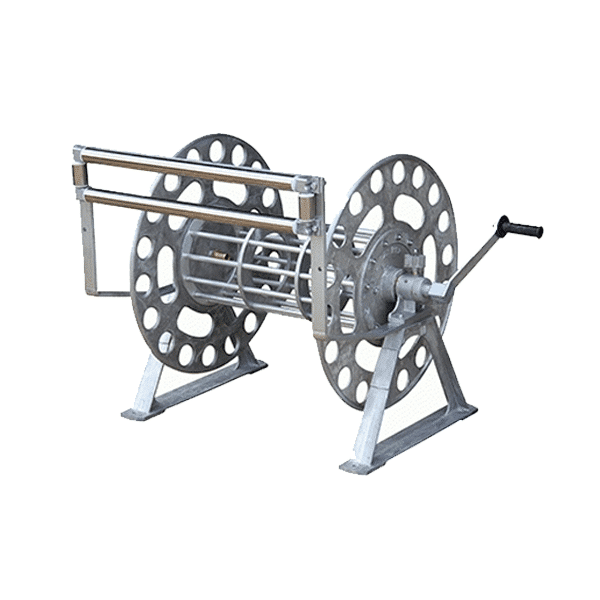
Manual rewind hose reel
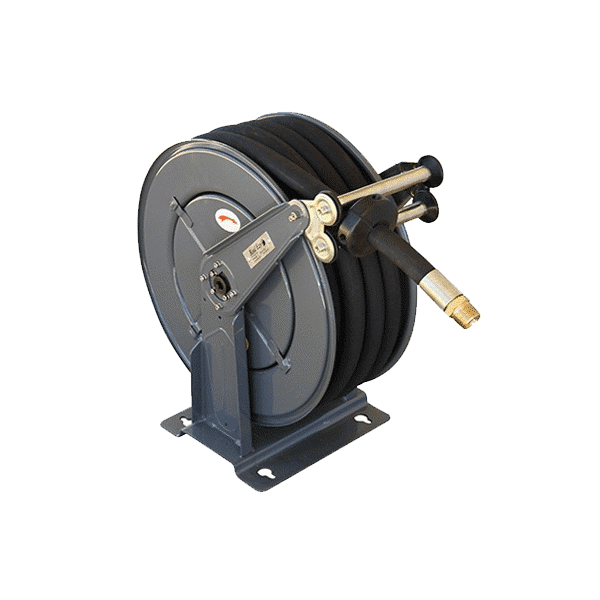
Spring rewind hose reel

Electric rewind hose reel
Manual rewind hose reels
The simplest method of hose retraction is manual rewind or hand-cranking. Here an operator unwinds the hose from the reel by pulling it as they turn the crank. To rewind the hose, the crank is turned in reverse.
This method works for rewinding long and heavy hoses where there is no power available. The simple design requires little maintenance and allows for use in any location. But for extremely long and heavy hoses, the physical effort required by manual rewind gets laborious and time-consuming, making electric rewind a better option.
Spring rewind hose reels
This method of hose retraction uses a spring mechanism that automatically rewinds the hose. When the operator pulls the hose, they build tension on the spring that when released retracts the hose back on to the reel.
Like manual rewind hose reels, this method works where no power is available and requires little maintenance. But because tension increases as the hose gets longer, there are limitations to the hose length that a spring rewind reel can store. As the hose gets longer, it becomes harder and harder to pull. For this reason, spring rewind reels are best suited to shorter hoses.
Electric rewind hose reels
This method uses an electric motor retraction system. An operator can quickly and effortlessly rewind the hose by engaging the electric motor on the reel.
Electric rewind will work with extremely long and heavy hoses with no physical effort required. But of course, power must be readily available to run the electric motor.
Conclusion
Retraction methods should be a primary consideration when selecting a hose reel for use in industrial applications. Each method has its benefits and limitations depending on the size and length of the hose, the reel’s location, and the operator’s physical abilities.
For more information about selecting the best hose reel for your application, get in contact with our friendly and expert team who are happy to answer all your questions. We have a wide selection of industrial hose reels and are committed to finding the best solution for our customers.

